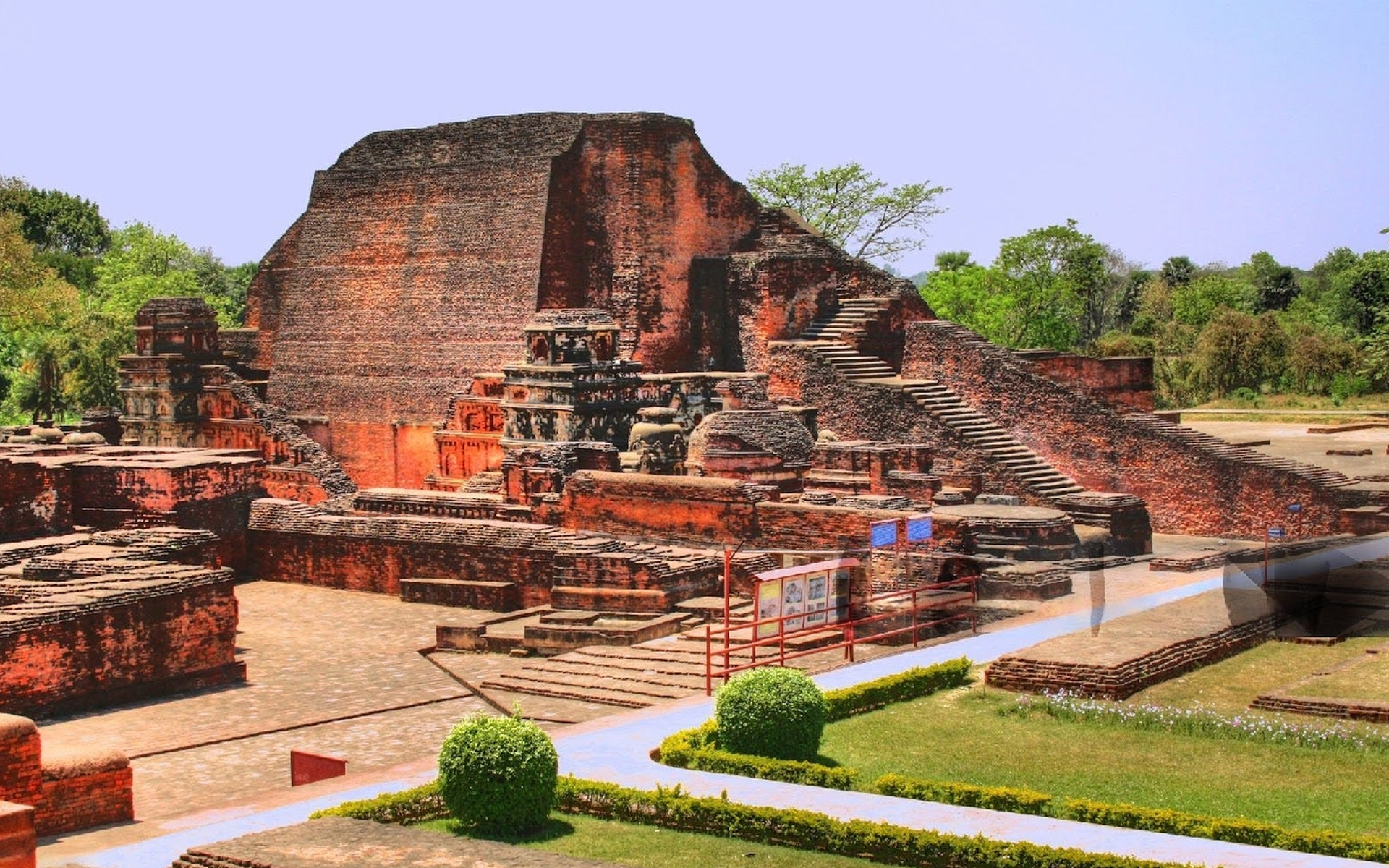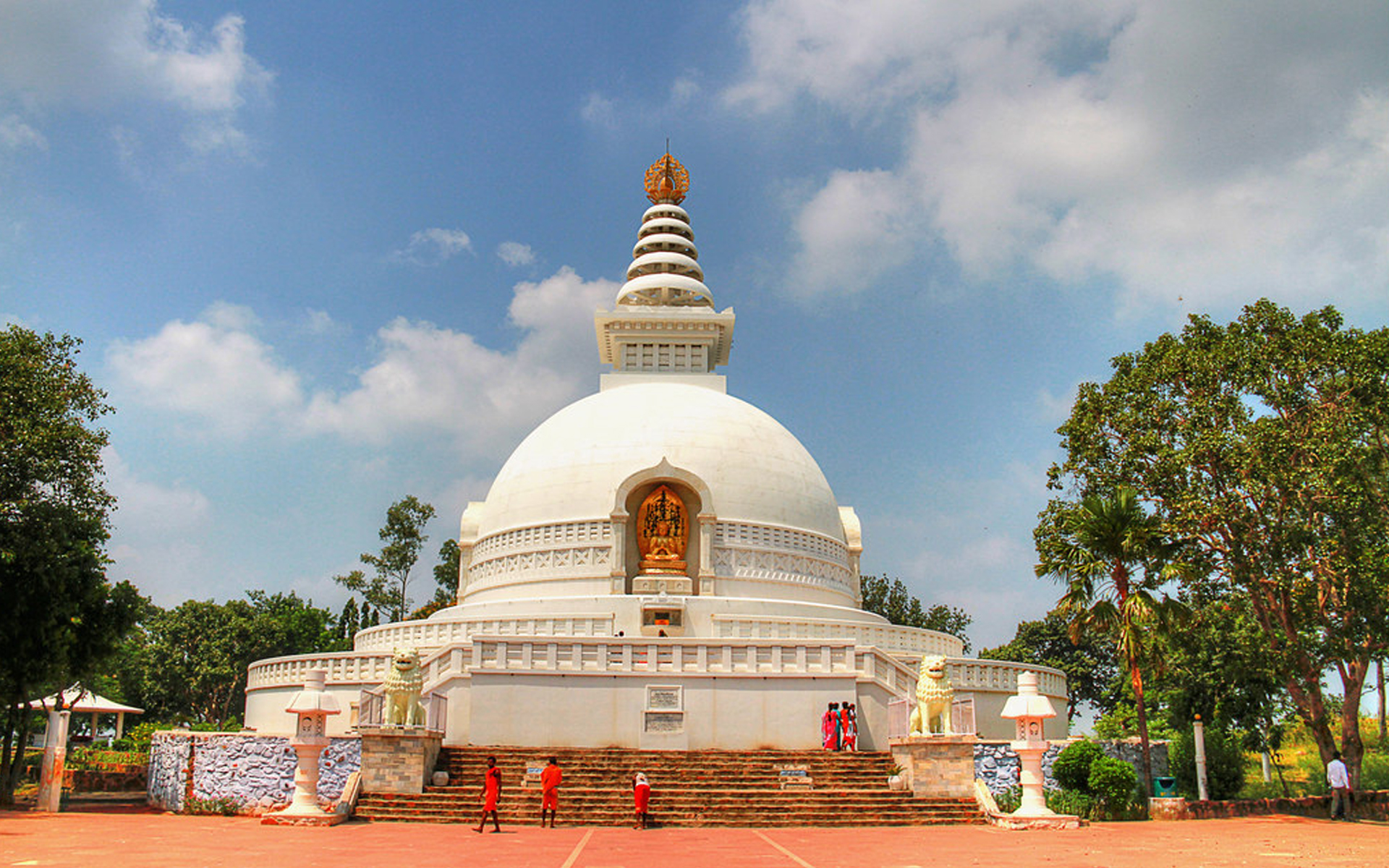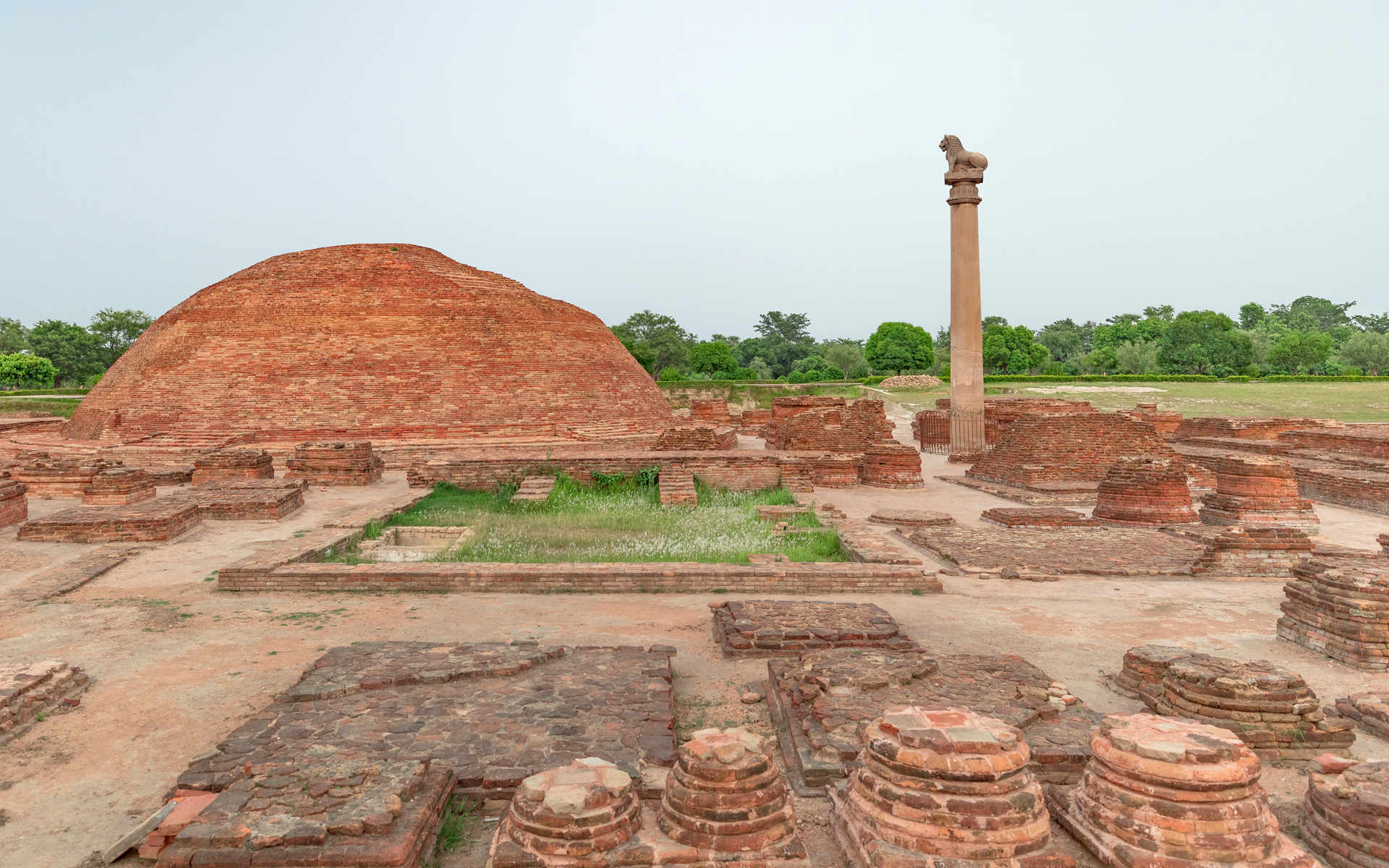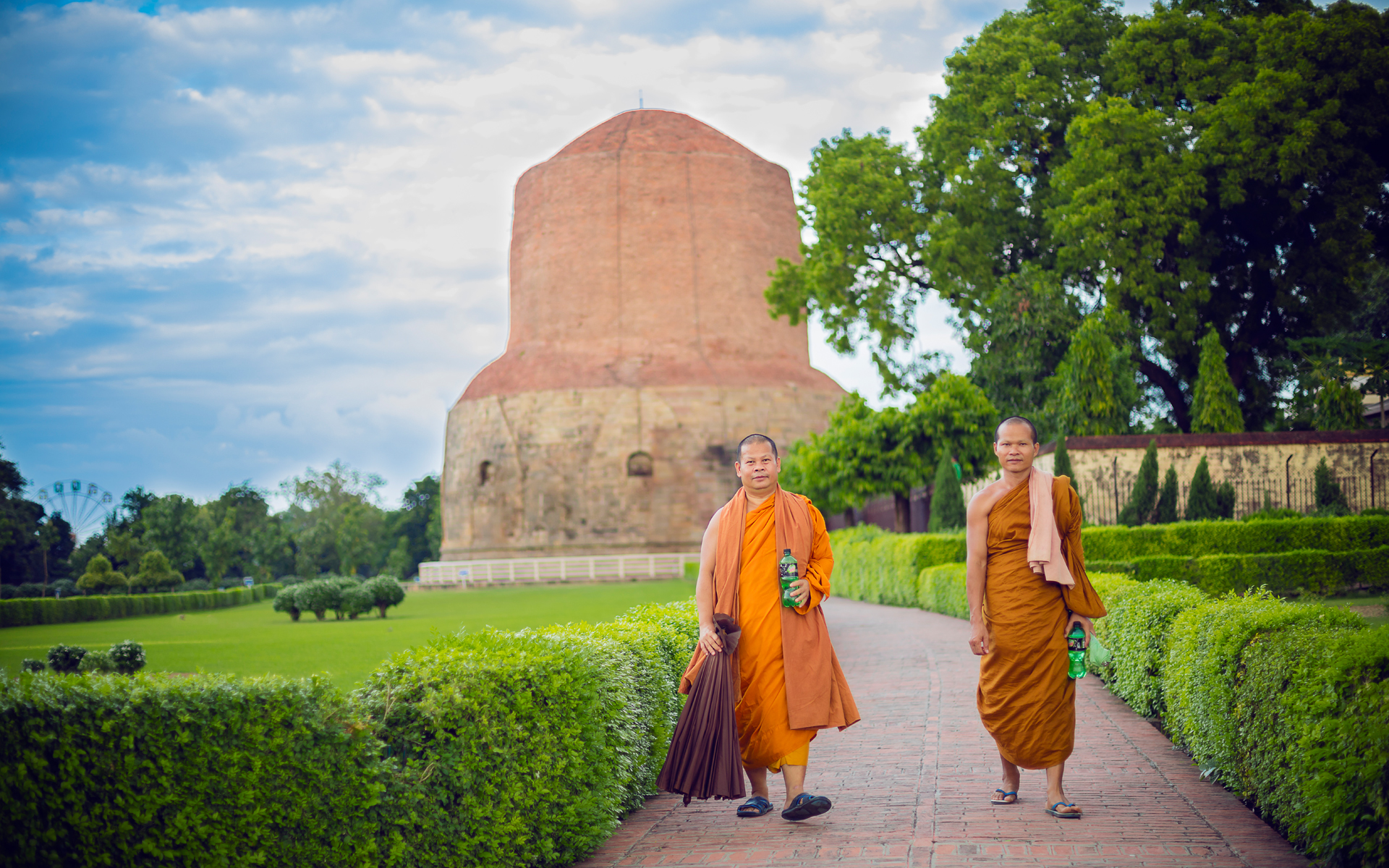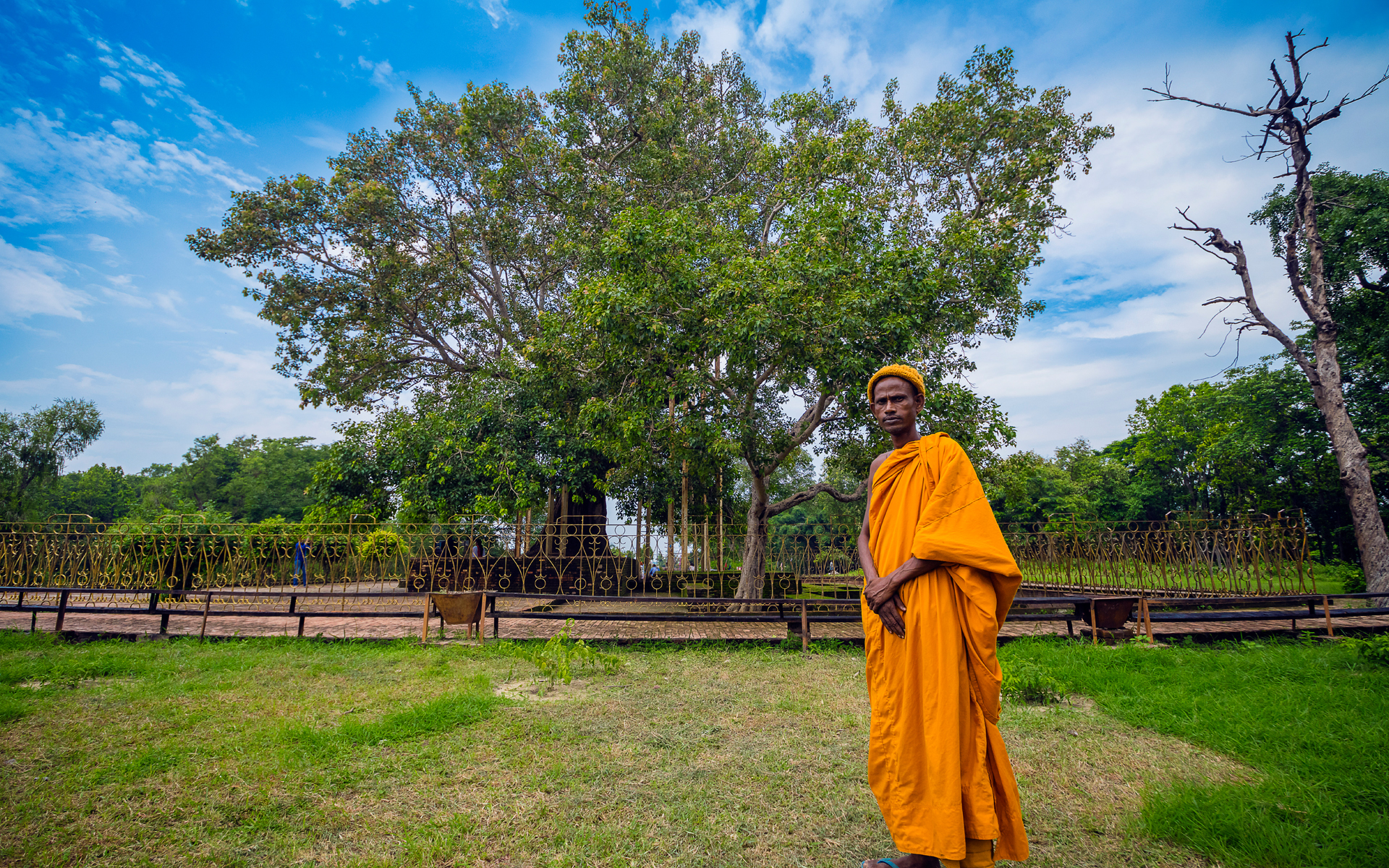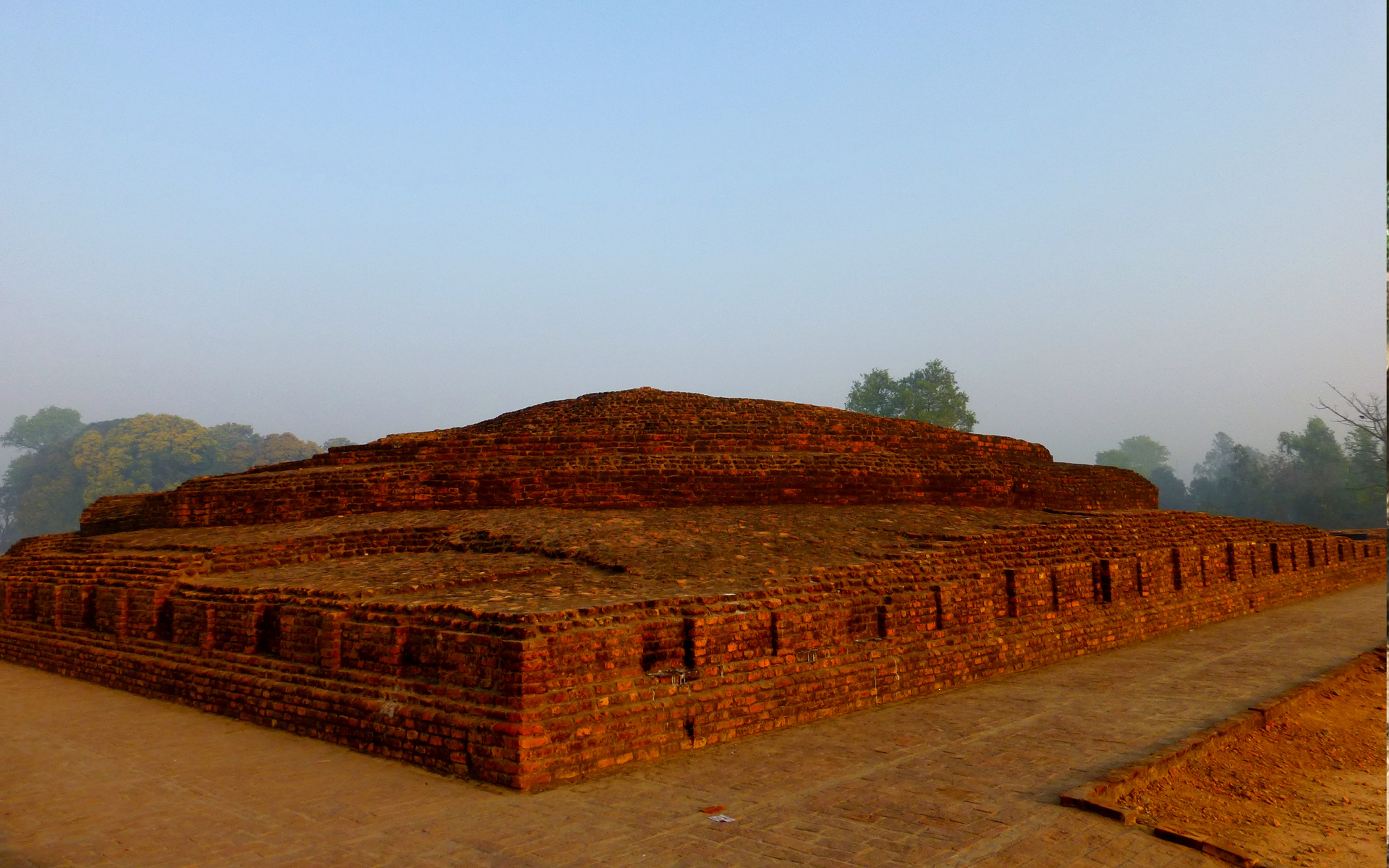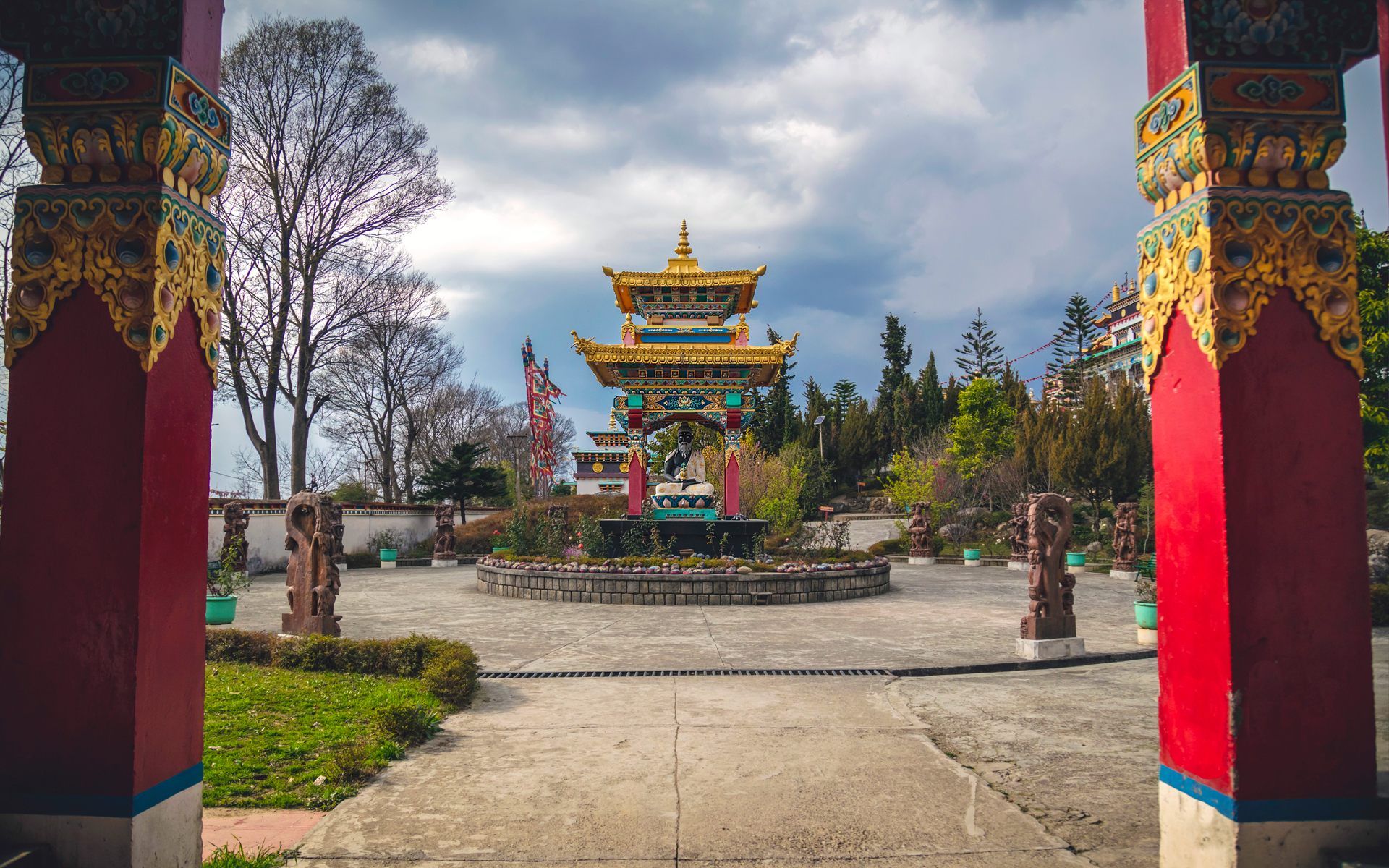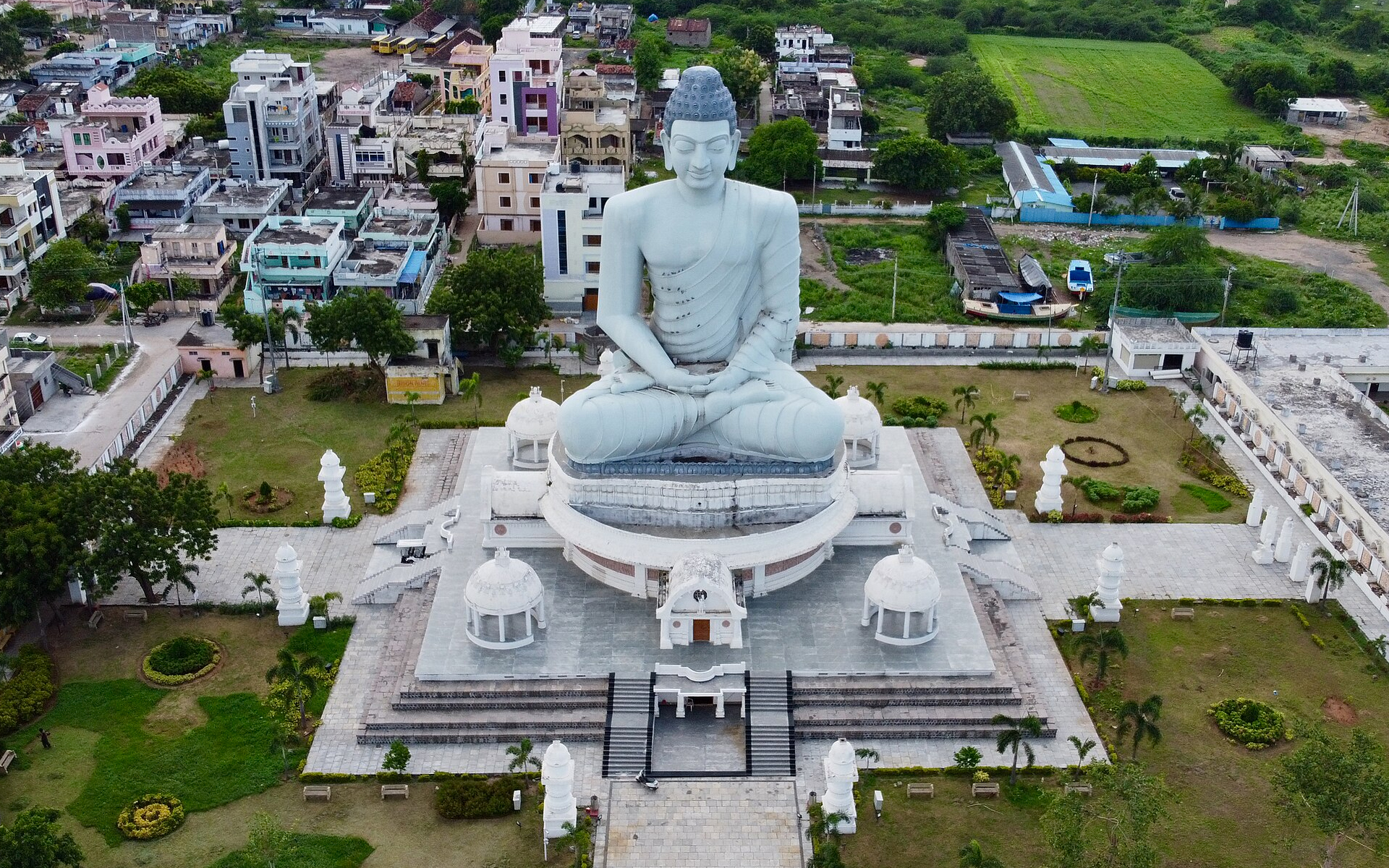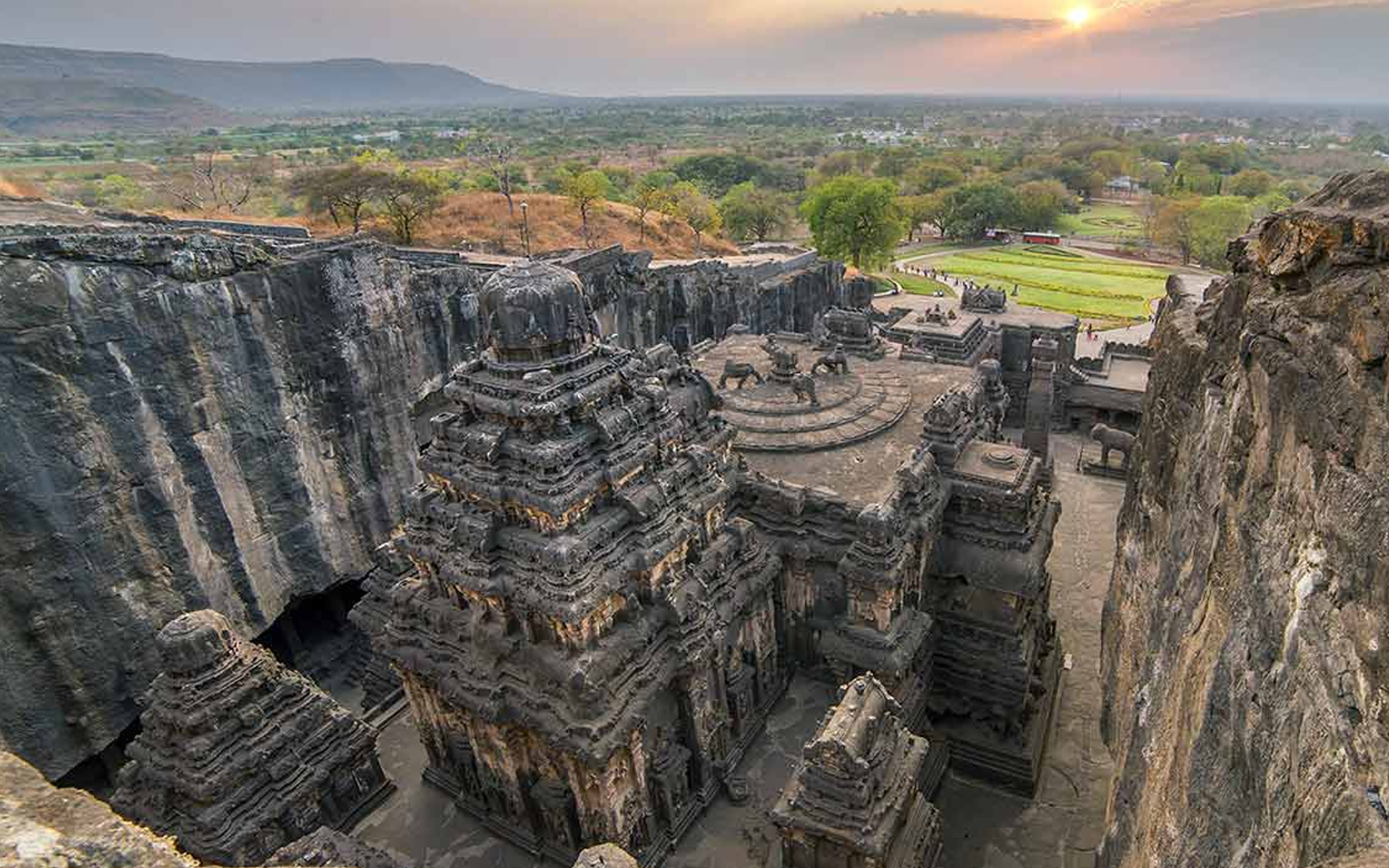Nalanda, (India)
Not far from Rajgir lies Nalanda, which later became one of the world’s greatest centers of Buddhist learning. While the famous Nalanda University was founded after the Buddha’s time, the Buddha himself often visited this area and gave teachings here. It is said he stayed in a mango grove near Nalanda and spoke to his disciples and local people.Nalanda’s ...
